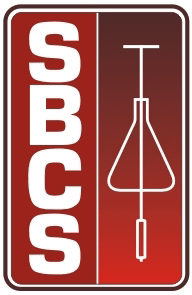This experiment was carried out under greenhouse conditions with soil pots during 210 days, to evaluate the effect of calcitic papermill lime-sludge application (at the rates 0, 773, 1.547, and 2.320 mg kg-1 or respective equivalents to control, 2, 4, and 6 t ha-1), on chemical composition of soil leachate and its effects on eucalypt growth and yield. Highest soil leachate pH, SO4, and Na concentrations occurred in the 4 and 6 t ha-1 treatments. Soil leachate nitrate concentrations decreased with increasing lime-sludge rate. Soil leachate phosphate remained low (below the detection limit) in all treatments until 120 days, while the concentration increased in the lime-sludge treatments at 210 days (last sampling) in about 600 mg L-1. Lime-sludge decreased leachate Mg concentration, but had no significant effect among rates. Soil leachate Ca, K, B, Cu, Fe, and Zn did not change significantly for any lime-sludge application rates. The maximum NO3, Ca, Mg, K, and Na concentrations in the soil leachate occurred at 60 days after lime-sludge application (leaching equivalent to 1 pore volume), but for pH and SO4, the maximum occurred at 210 days (leaching equivalent to 4 pore volumes). Lime-sludge application decreased the concentration of exchangeable Al in the soil. Plant diameter growth and dry matter yield were increased with increasing lime-sludge rate. Beneficial effects on mineral nutrition (P, K, Ca, B, and Zn) of eucalypts were also obtained by the application of 4 and 6 t ha-1 of lime-sludge.
eucalypt; industrial residue; soil fertility; mineral nutrition; sodium; recycling
